In November 2021 we started a new cultural project, Caravane Ouadane (in partnership with our friends in Nouakchott, Ouadane and Tighmert; Isabel, Mohamed Ali, Zaida and Ahmed) as a continuation of our researches on Moroccan oases and caravans routes. We stayed two weeks in the city of Ouadane discovering its oasis, its architecture, its inhabitants, its culture… with artists (and friends) that had already participated in Caravane Tighmert and Project Qafila; Laila Hida, M’barek Bouhchichi, Khadija el-Abyad… Once we were back to Nouakchott on the 23rd, the night of the departure (for those heading to Morocco), Laila asked me if I was going to come soon to Marrakech, because maybe someone could propose a project to me. I thought she was talking about her friend she introduced me to in August, but with the terrestrial border closed I was not going to come easily to Morocco, as I used to do. I told her I will come next time by plane, for the 8th edition of Caravane Tighmert in March 2022.
On December the 12th Laila sent me a message, asking me to have a talk because she wanted to know if I was interested, and if I had time, to work with them in the scenography of LE 18 for documenta fifteen. Two days later, we had a long conversation on Zoom, and I told her why she was asking me when she already knew my answer. I love helping and working with friends in artistic projects that are limited in time, normally weeks or months, and that will let me discover new places and people, so I said yes. The only problem was the schedule with my other projects, especially the one in Colmenar Viejo (Madrid), if I had to work on it before the opening, it was going to be very difficult for me to come to Kassel for the installation of the exhibition in May. During the conversation she told me about a film made by Farida Benlyazid that they were going to use as a presentation of LE 18, a parallelism which made me very happy to see both friends connected in that way. Before the interruption of our conversation (because of the lack of battery), I asked her to send me the text and some pictures of the space she has chosen after visiting several venues in Kassel in October 2021.
I read the text with great interest and also with curiosity to see which was the connection that they had established with Farida's film. The film that I had never watched was “A door to the sky” (Une porte sur le ciel) from 1989. When I watched it and I finished the reading I was so impressed to see how close the life of the main character, Nadia, was from Laila own vital experience; Nadia decided to stay in Fez instead of coming back to France after his father passed away, offering her house as a kind of women’s shelter; Laila left France to settle in a house of the medina of Marrakech in order to offer artists a space to gather and to exhibit. Both houses became a zawiya. In that sense, the relation between LE 18 and Farida’s film was very clear. However, regarding the transposition of that identity to the space allocated in Kassel, was not an easy question to answer. If I have to define the most characteristic element of the riad used by LE 18 (located in Derb el-Ferrane, 18), it is the courtyard, where people meet, chat, teach, learn, share… and where the public program takes place. It remains open most of the year (in winter time it is covered with a PVC waterproof fabric), this central and main space is a door to the sky…


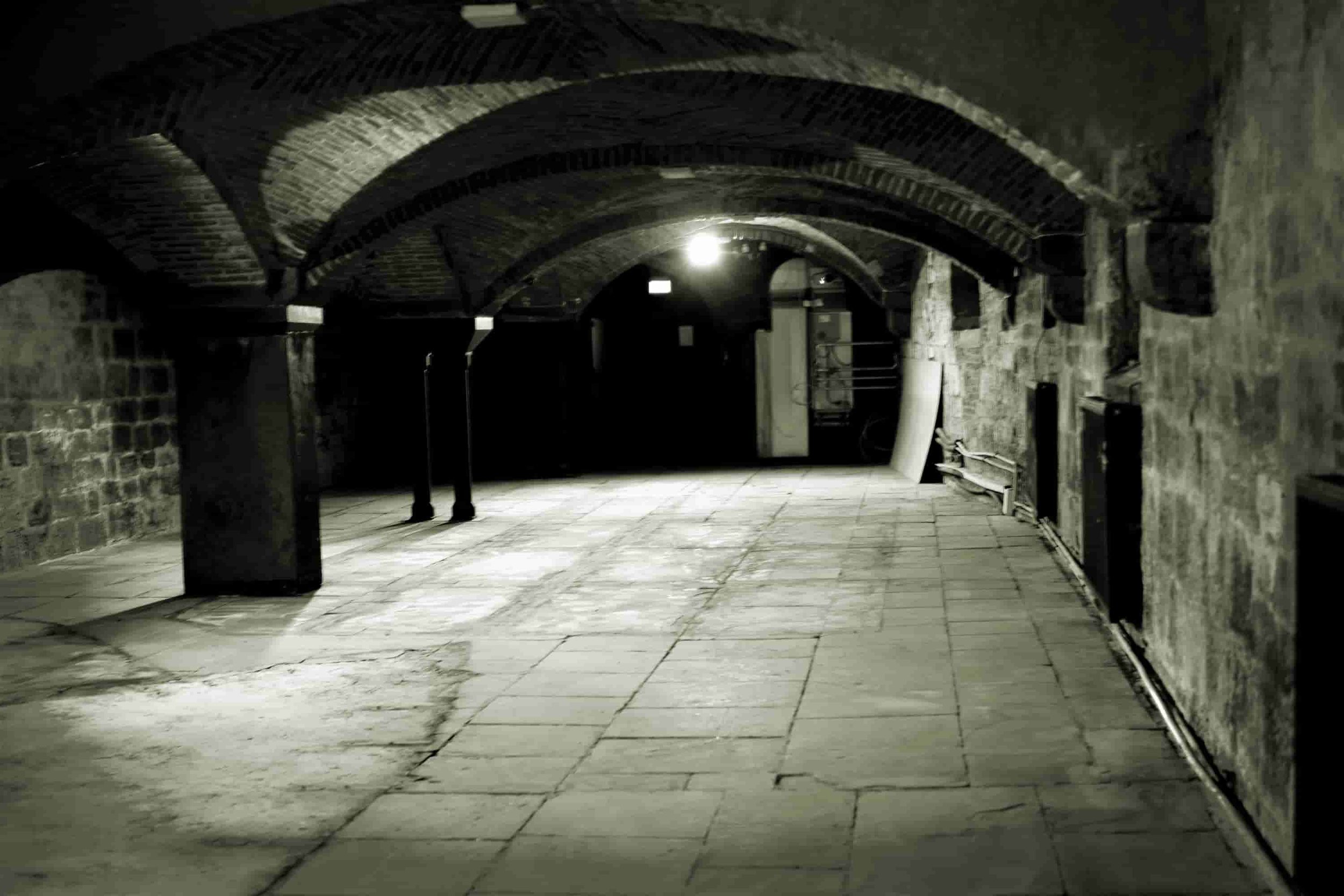
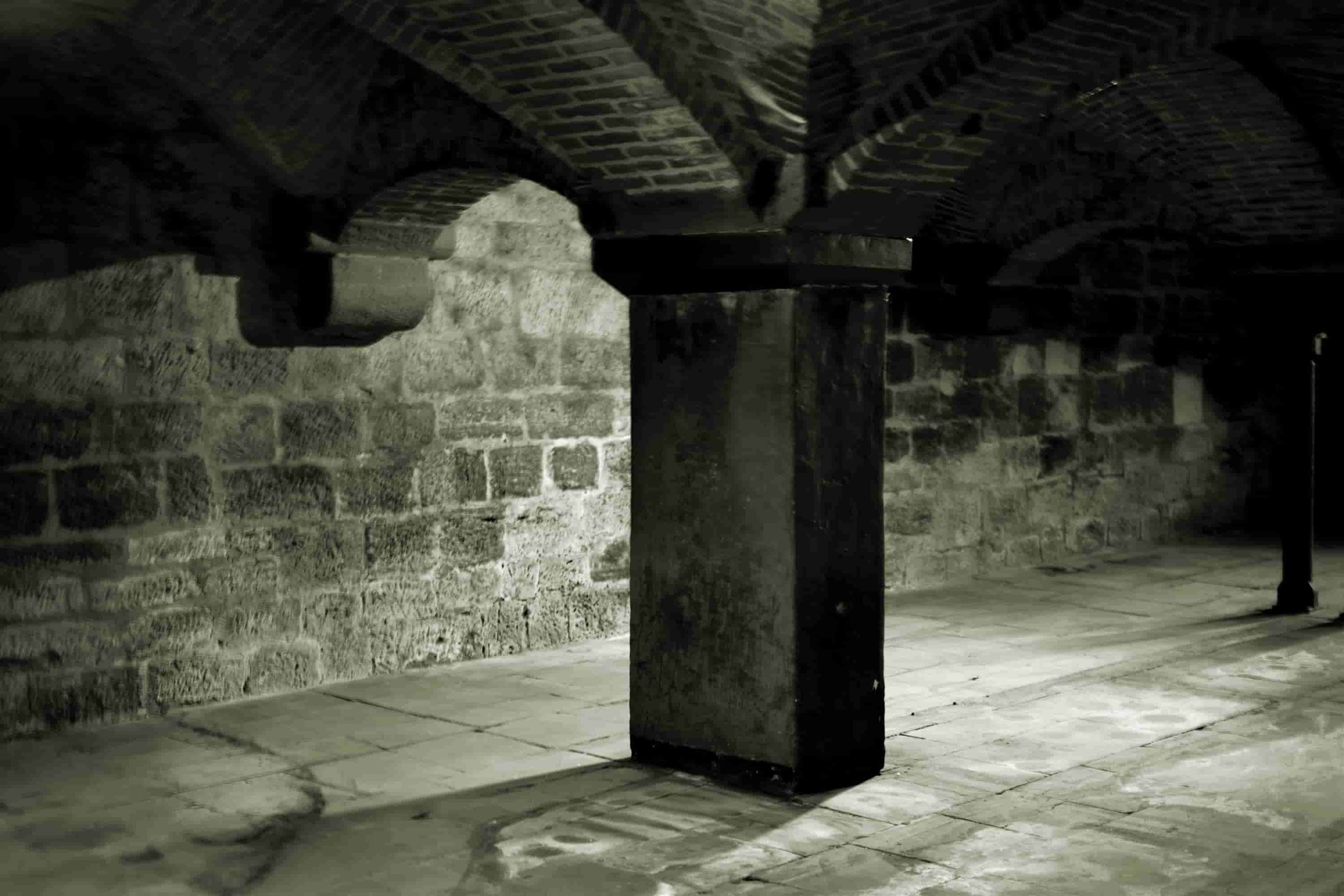
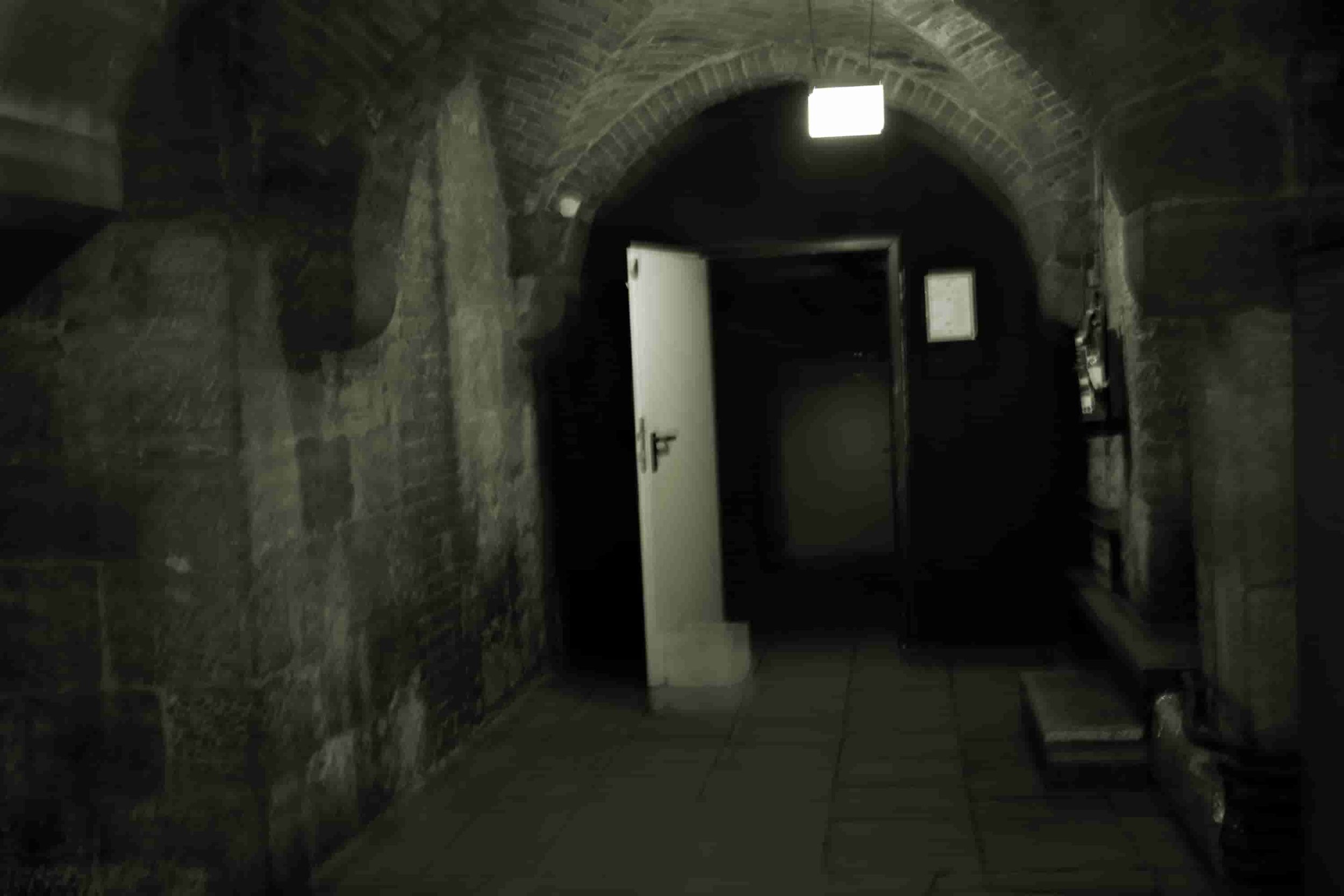
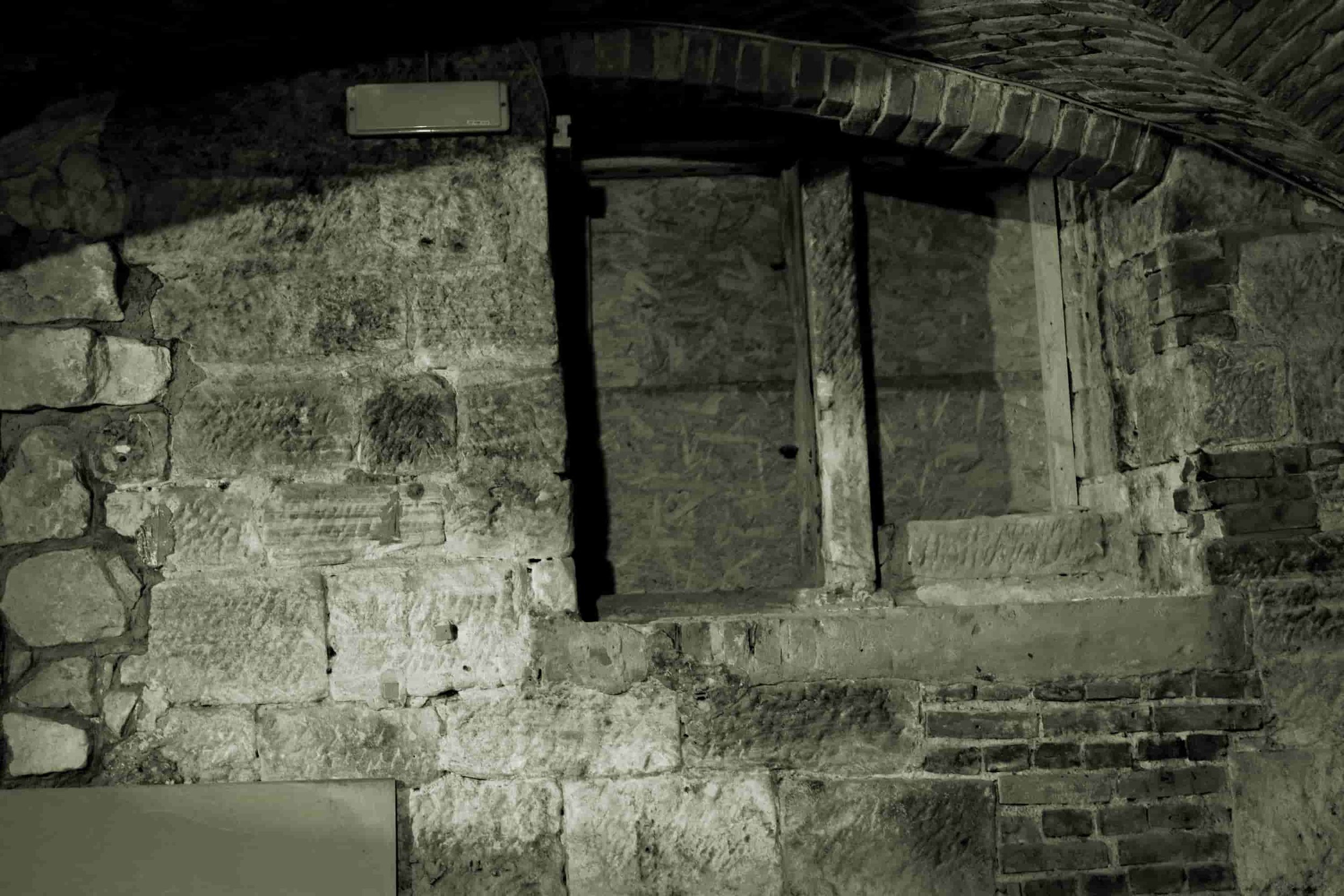
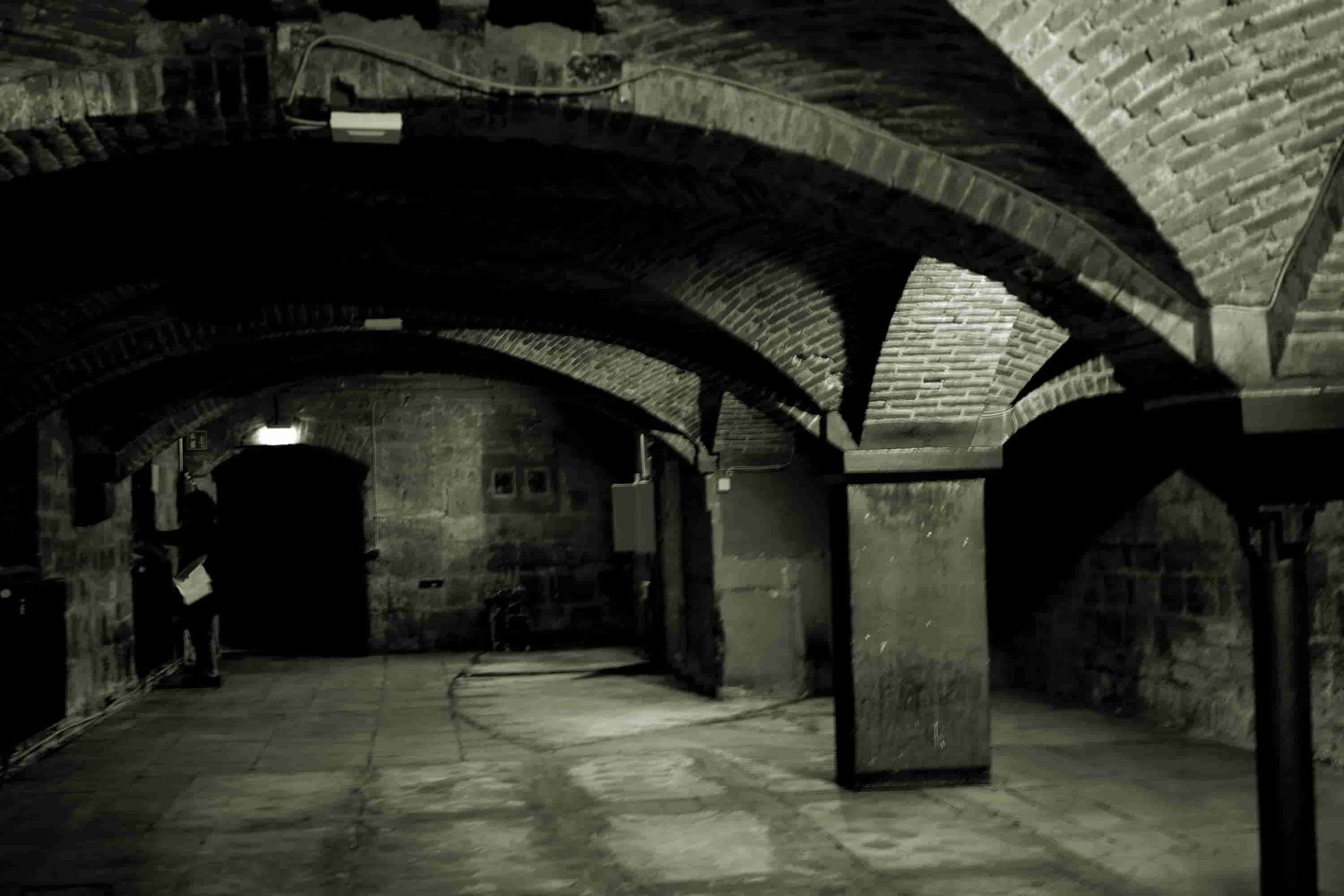
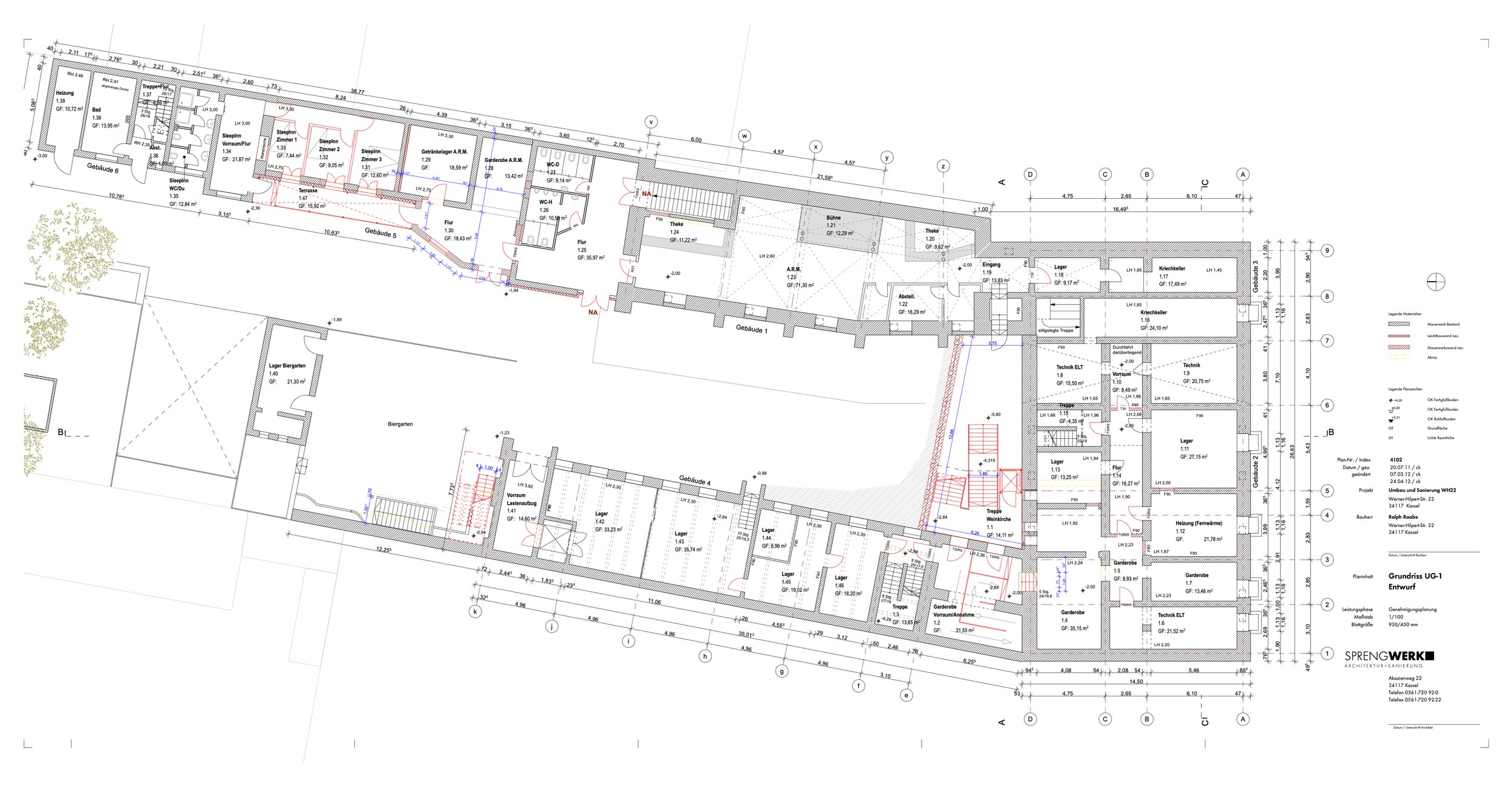
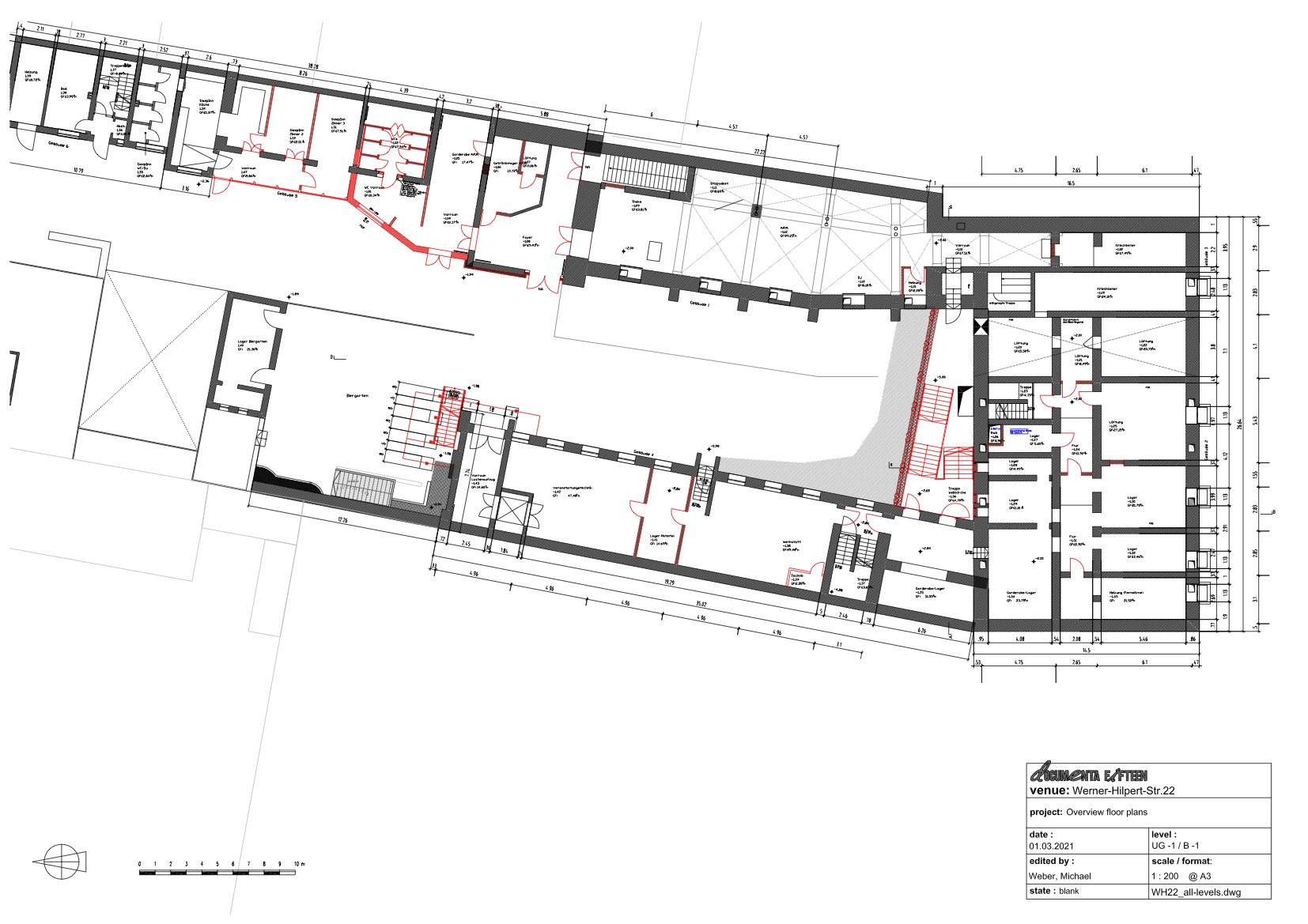
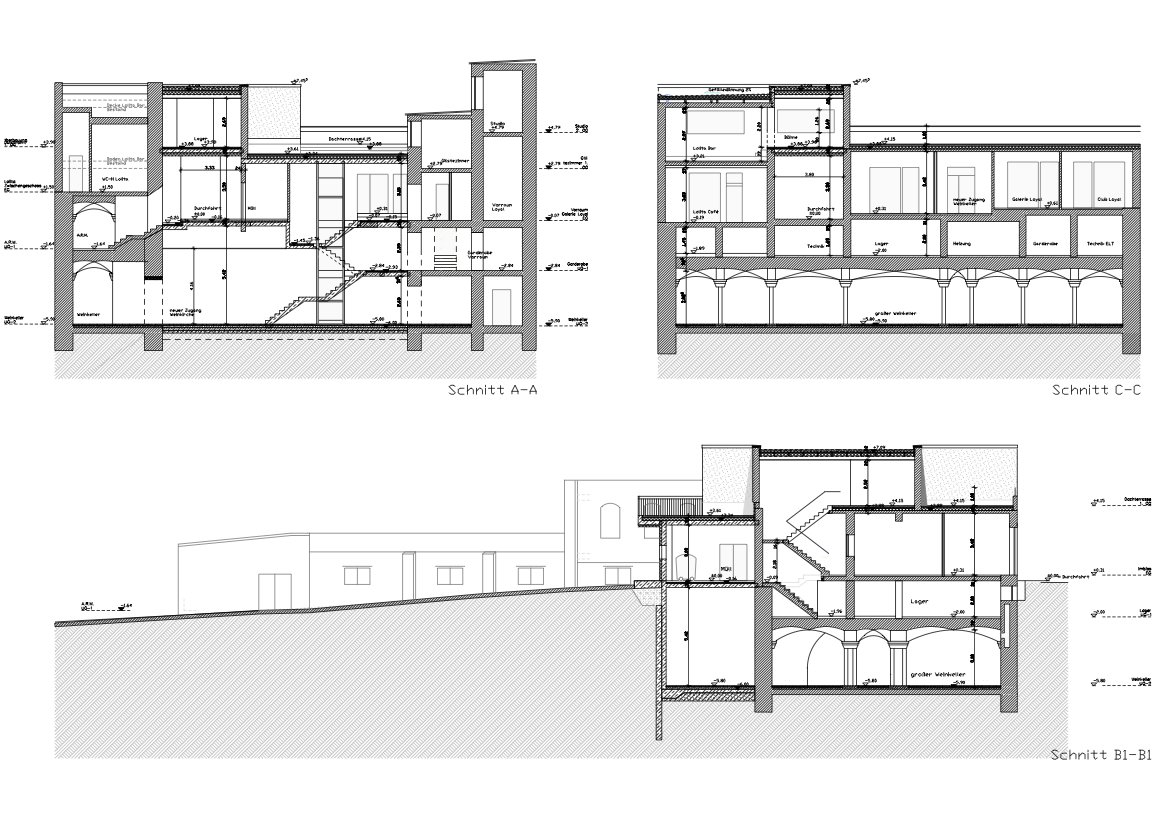
After studying the images and plans Laila sent me, I wrote this text:
“From the text I retain several ideas for the scenography.
LE 18 is an open-air space* (in a physical and metaphorical sense) that welcomes a community that works on traditional culture with a contemporary look, creating dynamics on several scales.
In my first analyses of the space of Kassel (only from photos and plans, without having visited the place), I think that this space represents completely the opposite of LE 18, the proportions, the forms (in particular the vaults) and the visible materials (bricks and stones well worked and laid) make a closed and very heavy space, nothing to do with the patio with the opening on the sky. Even when the patio is closed, before with the plastic in the form of an inverted "tent" and now with the plastic cover on the metal structure. The tent came up in our conversation but it has two issues for me. First of all, it is (could) be associated with a romantic idea of nomadism or desert, which is not, moreover, specific to Marrakech. The second problem is that a tent does not allow you to see the sky... On the other hand, a tent could allow us to create a more comfortable and more conducive space for meeting and reflection, as you do in the patio of LE 18.
Even if it will be necessary to continue and deepen the reflection, I would like to explore the idea of having a door to heaven for several reasons. First by the idea of Farida's film, also by the experience of Mokhtar, the nomad of M'hamid when he told me about the night when he thought he had become blind after waking up in a room without being able to look at the stars. If I speak of Mokhtar is not to rely on nomadism or the desert. One of the best definitions I have ever read about the Alhambra in Granada was that of a Spanish architect: the garden delimits and limits itself as if it were a habitable room where the ceiling is the sky. This idea is also applied in patios that contain small gardens. In the medina, the small patios do not allow you to have a garden, but you see, the patio of LE 18 is a living space, a living room, where the roof is the sky.
If we are consistent with these ideas, LE 18 should be a reception area open to the sky, providing a temporary shelter in case of rain, or a device that protects the exposed elements from the weather but which can be moved according to the activity and the weather, with independence of a second element which will give shelter to the visitors perhaps a tent or something which can be deployed easily... In short, LE 18 in Kassel must be in the open sky (or have a vision over the sky)”.
Laila told me she thought to use the space for the exhibition and for the public program, which I was pretty sure was unfeasible because of the dimensions and the ventilation conditions, specially in times of Covid. I saw on the pictures that the venue had a “garden” and at that moment I thought we could use it for the workshops, displaying carpets and a temporary structure in case of rain. In the indoor space I started to think how to hide the visual presence of the vaults, with the help of fabrics as my friends do in their houses in the oasis of Tighmert. For me it was clear that in order to advance in the proposition, I had to visit the venue and to explore it to find a place where we could develop the public program and to see the real possibilities of the indoor space for hosting an exhibition.
On December the 15th I participated for the first time in a Zoom meeting with members of LE 18 (Laila Hida, Francesca Masoero, Nadir Bouhmouch and Soumeya Ait Ahmed) and documenta team (artistic team, curatorial coordinator and venue coordinator) where we fixed the second week of January for a visit with Francesca.
Credits texts, photos and drawings: Carlos Pérez Marín
